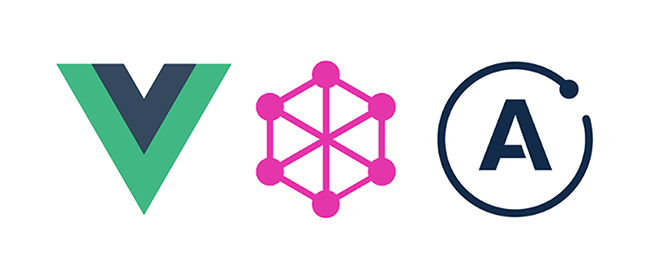
Real-Time Subscriptions with Vue and GraphQL
In this tutorial, we will move from setting up and deploying graphql backend with Hasura cloud to consuming the subscription endpoint on the vue.js application by building a project.

In this tutorial, we will move from setting up and deploying graphql backend with Hasura cloud to consuming the subscription endpoint on the vue.js application by building a project.
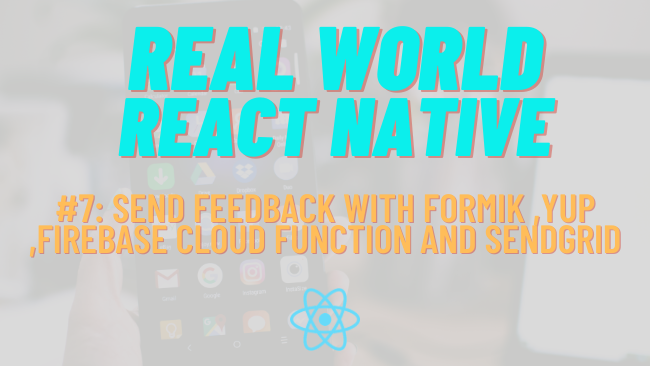
In this chapter, we will create a simple form in the Feedback.js file using Formik and submit form data to the Firebase Realtime Database. Then, we will subsequently forward the message to the sender’s email using Cloud Function and Sendgrid.…
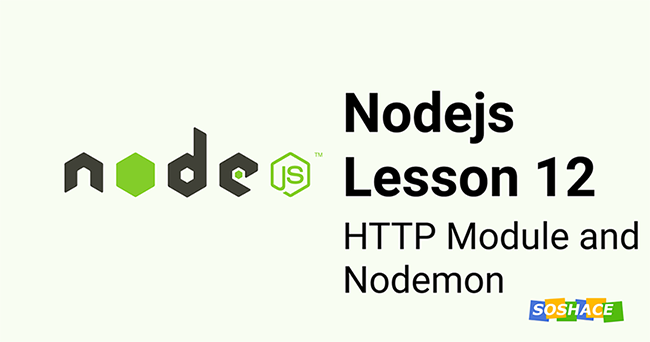
Hey everyone, today we will dive deeper into the HTTP module and learn it's functionality. We will learn about what are the function provided that can be helpful and how to use them. We will also learn about nodemon and improve our development process. Let's start.
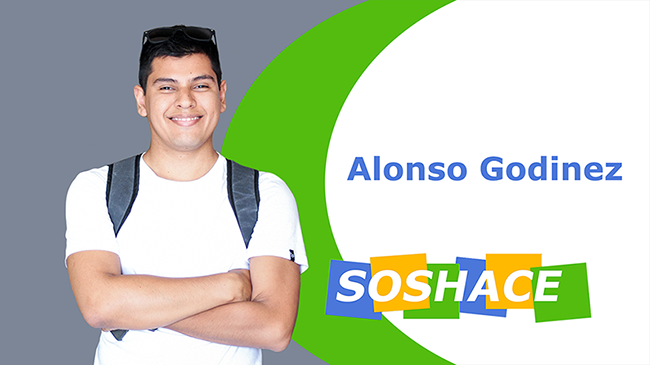
Most people think that working remotely is being free most of the day, working just a couple of hours at the beach and uploading selfies to Instagram. This is not true. At least not 100% true.
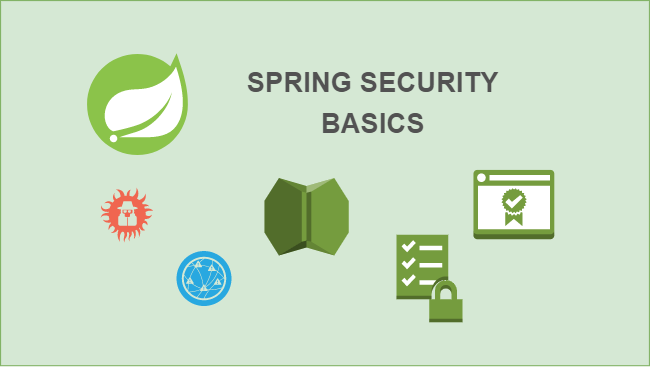
Spring Security is a framework for securing Spring-based applications. In this article, we will look over the core Spring Security concepts.
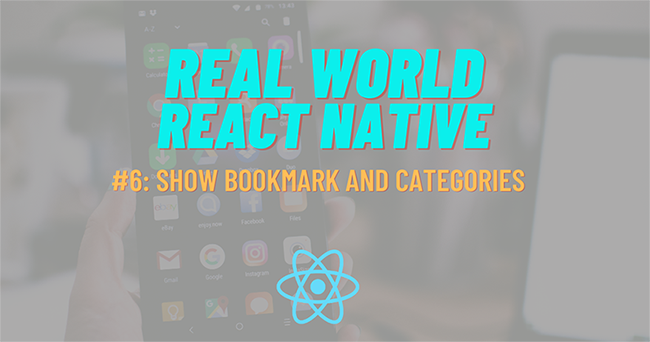
Here, we are going to implement the list view of bookmarked posts in the Bookmark screen and also work on implementing the Categories screen. For the post list in the Bookmark screen, we are going to use the post id…
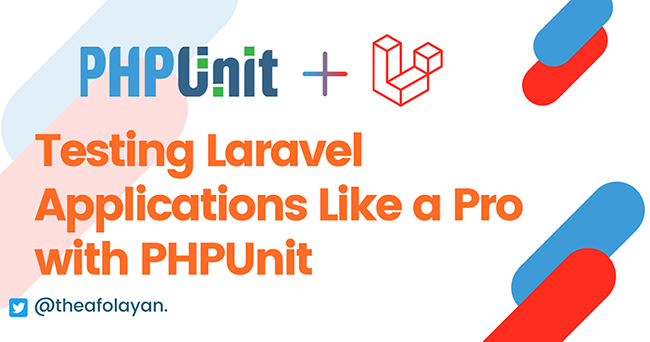
Test-Driven Development is an approach to software development that utilizes an environment where you write tests before writing proper code to fulfill the test. Learn how to test Laravel apps here.
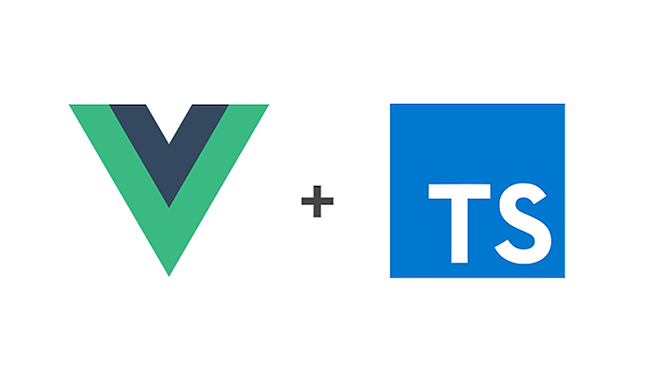
In this tutorial, we are going to create a task management application to demonstrate how to build applications with the new Vue 3 composition API, typescript, and Vuex(4.0). Furthermore, we will explore Vuex(4.0) practically.
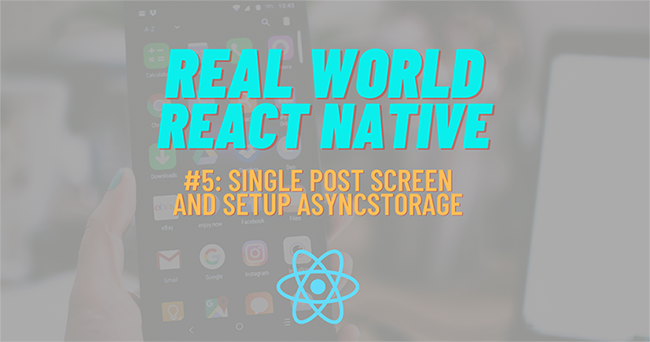
We have already implemented the Home screen in which the posts are shown in list format. Now, what happens when we tap on a post from the screen? Until now, nothing will happen. But, now we are going to create…
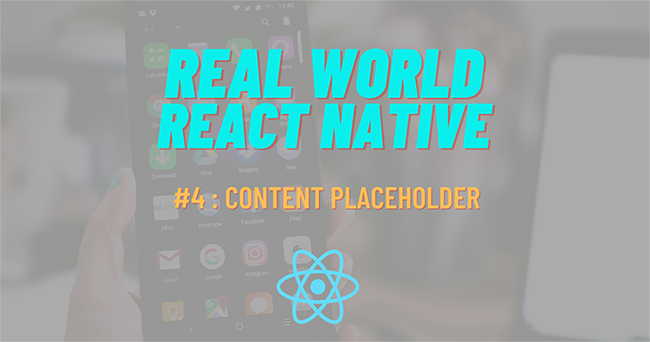
Placeholders are an essential addition to the overall UI of any app. They enable us to show the temporary image or text until the actual data loads. Using them, users can know that the content is yet to load in the section placeholders are shown.

Today we are going to learn about Echo Servers. We will go through what are they and how to build them. We will also use this little project to learn about the status code and header of an HTTP request. Let's start.
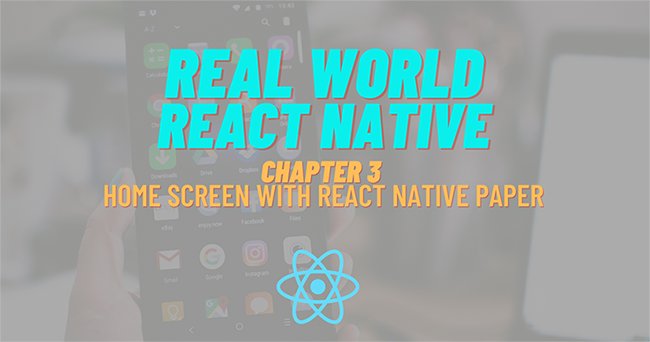
In this chapter, we are going to implement the overall UI for the Home Screen in the Home.js file. Here, we are going to simply fetch data from the WordPress API and display the data on the Home screen as FlatList.